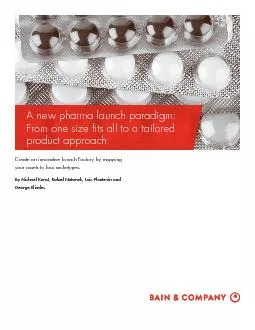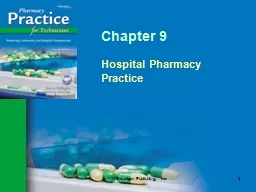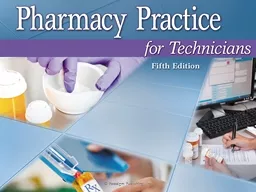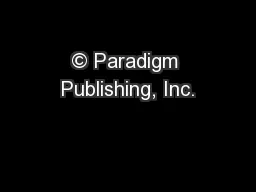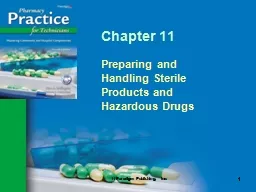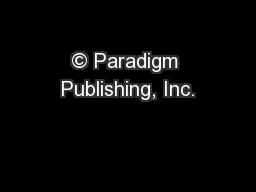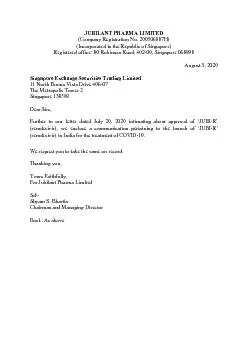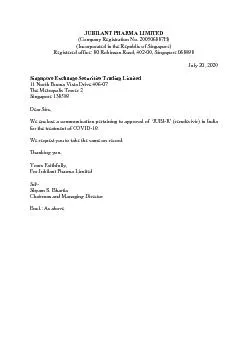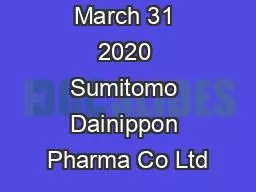PDF-A new pharma launch paradigm: From one size
Author : tawny-fly | Published Date : 2015-08-23
Create an innovative Launch Factory by mapping Michael Kunst is a Bain partner based in Boston and Munich Rafael Natanek is a principal based in Bain
Presentation Embed Code
Download Presentation
Download Presentation The PPT/PDF document "A new pharma launch paradigm: From one s..." is the property of its rightful owner. Permission is granted to download and print the materials on this website for personal, non-commercial use only, and to display it on your personal computer provided you do not modify the materials and that you retain all copyright notices contained in the materials. By downloading content from our website, you accept the terms of this agreement.
A new pharma launch paradigm: From one size : Transcript
Download Rules Of Document
"A new pharma launch paradigm: From one size "The content belongs to its owner. You may download and print it for personal use, without modification, and keep all copyright notices. By downloading, you agree to these terms.
Related Documents

